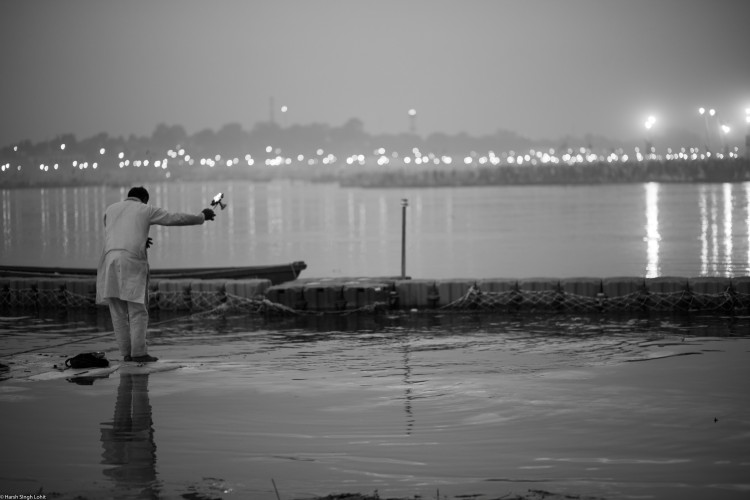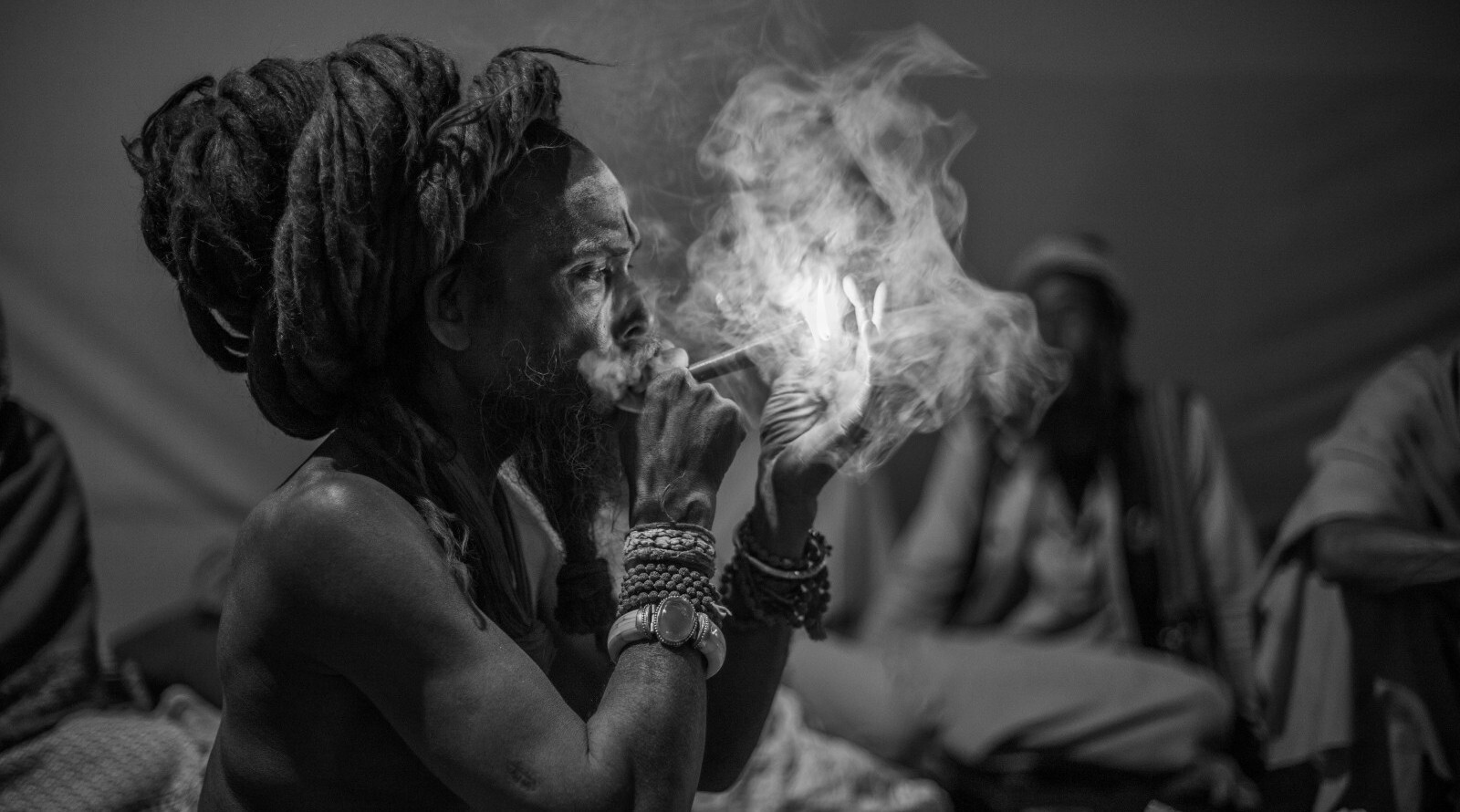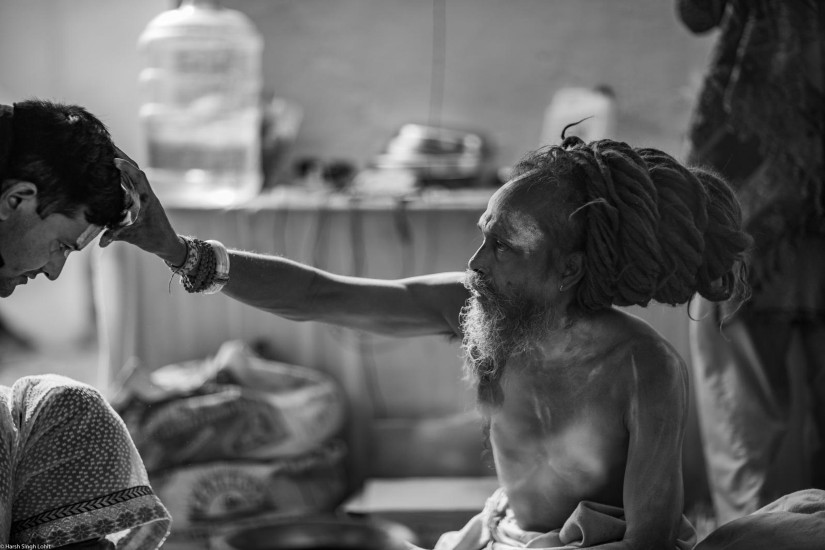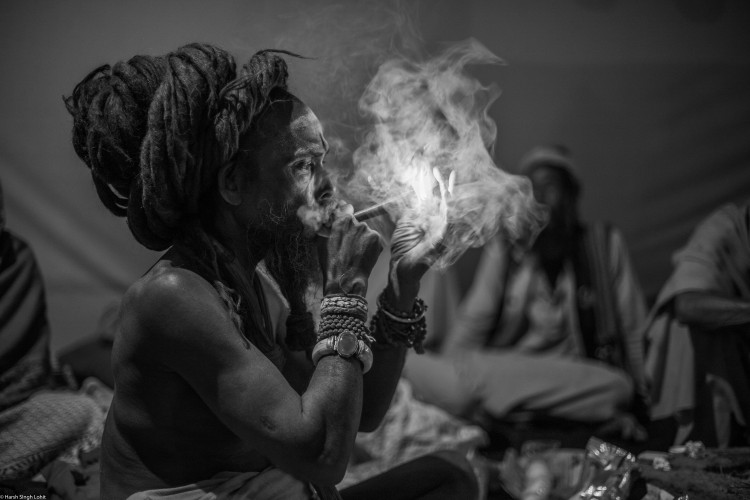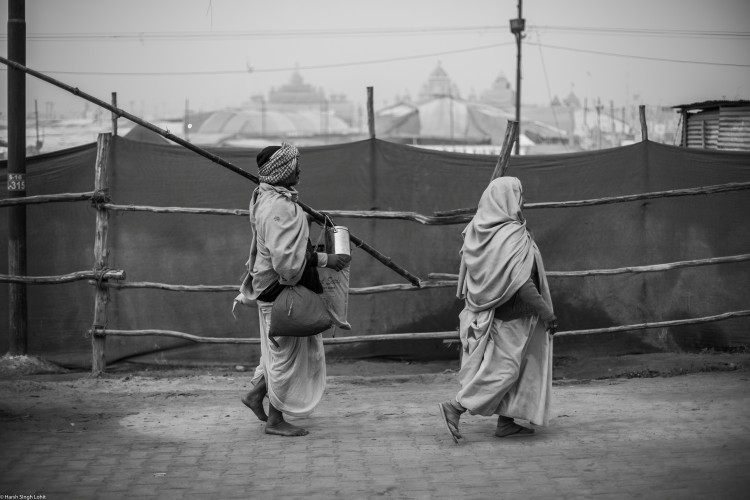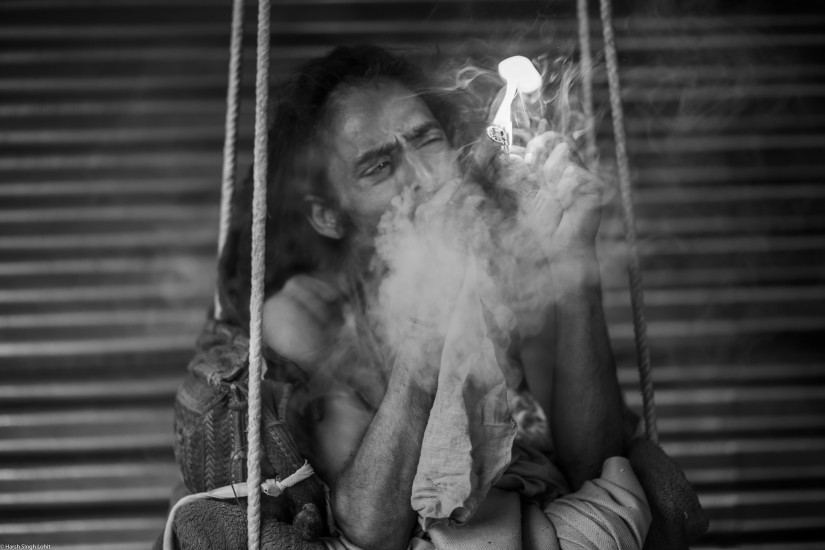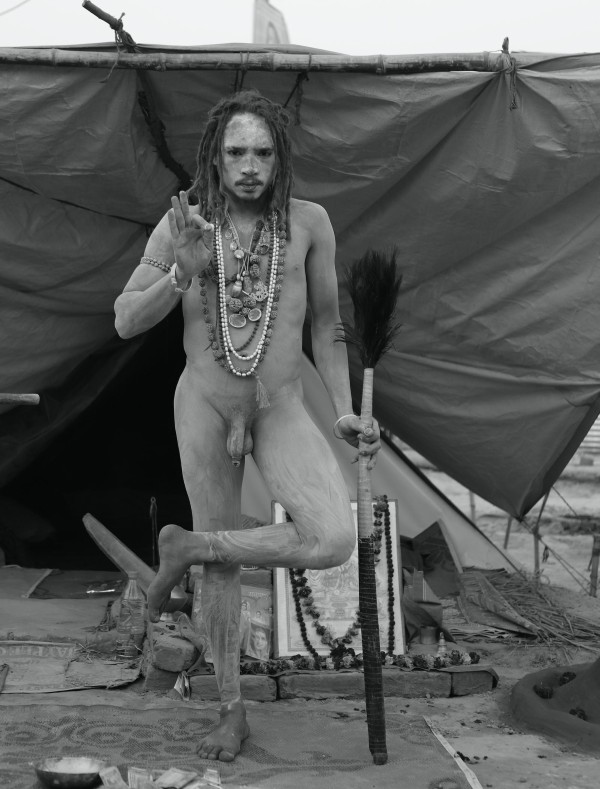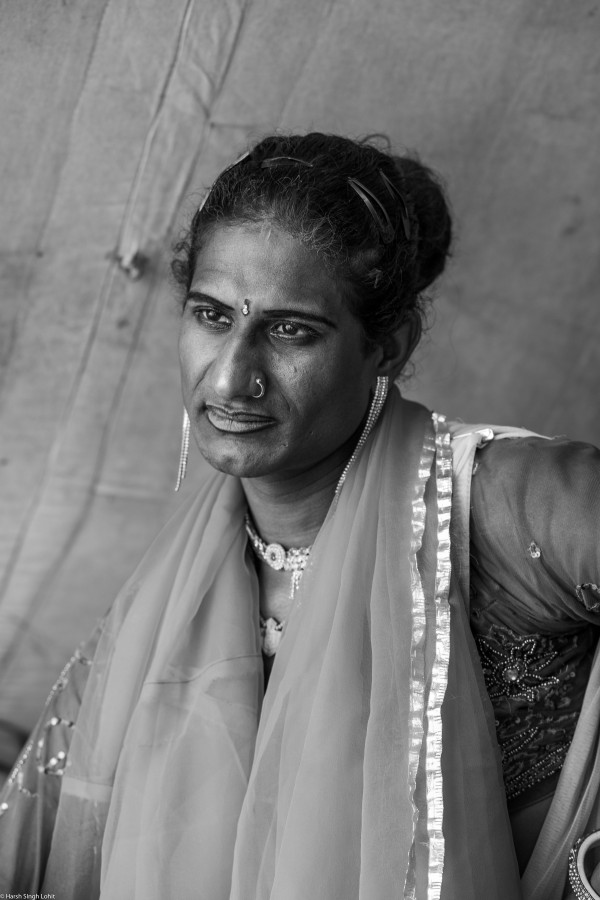A desire to overcome suffering in this life or another, and many millennia of tradition continue to draw tens of millions of pilgrims and gurus, sanyasis and merchants to Prayag, the confluence of the Ganga and the Jamuna at Allahabad. Nothing has changed in this search for life’s meaning, no matter the material advancements, as human nature being what it is remains what it is.
Vedic revivalist and founder of the Arya Samaj Swami Dayanand was at the Haridwar Kumbh in 1867 and ‘he denounced as false and worthless all those things that made Hardwar and the Kumbh Mela what they were: idol worship, Puranic legends, incarnation myths, sects, and holy rivers.’ ‘….hundreds and hundreds of pandits, swamis and sannyasis who were marketing their particular brand of Hinduism at the Kumbh … these salesman with their greed and insincerity, and the gullibility of the sheepish pilgrims disheartened Dayanand deeply.”
Hindu gods dropping nectar at the 6 locations of the Kumbh across our sub-continent could be believed fifty years ago before we entered this plastic age of corporate-led development. In this era, there is only the bitter truth of unprecedented environmental destruction.
Religious tradition is celebrated at the Kumbh in India’s most choking, chaotic, visually fascinating scale. Villagers, mostly from eastern UP, looking for relief from the tribulations of life are the foundation of this Mela at the apex of which are the hundreds of militant Hindu Akharas (religious denominations) camped in tents at the thousands of acres exhibiting the most remarkable internecine warfare that puts any politician to shame.
The Kumbh is the world’s largest mela, with folk performers and singers from Singbhum to Kurukshetra, shopkeepers of all kinds peddling goods of all kinds, brahmins of all shades looking to anoint you for a small fee with sandalwood and haldi paste, children dressed as Shiva with their parents hoping to make a living, eunuchs singing and dancing with their very own Akhara, Sadhu’s in their hundreds of thousands who were once householders and now wander across the country walking thousands of miles every year from one place of pilgrimage to another, to prolifically ganja-smoking naked Naga sadhu’s who revel in remaining in a trance throughout the Kumbh and indeed throughout their life.
There is little place for contemplation here, only life in all its cacophony.
Every possible shape and size of man, woman and child walk in their millions from their tents or from the railway stations and roadways raising a continually suspended cloud of river sand in the air. Almost all are poor to the extreme. A 2,000-rupee note is a fortune, and Rs 10 has value as subsistence is the overwhelming economic reality. Ganja smoke and Dhuni wood fires in front of each tented sadhu’s abode added to this cloud of sand and dust, and gave me an infected respiratory system for weeks after my return.
Religion is omnipresent at the Kumbh, and commerce equally so by these religious men. The performing naked Sadhu’s sitting at the tens of thousands of tents vie with each other to be more scandalous than the other with more ganja, more standing on the flaccid penis of the other, or with longer matter hair or with more flowing ganja – all to attract the wandering and open mouthed crowds, and calling on them often with the choicest of curses to loosen their purse strings.
A religious life is a mindful enquiry into the totality of existence, a meditative life building on a deep awareness of the interdependent reality of humans and nature, and developing harmonious relationships. The Kumbh is not a place for such a life based as it is on maintaining tradition, on organised religious sects vying for power, and on dogmas and ceremonies.
Yet, the Kumbh remains a must visit for the seekers – the pilgrims, the sadhus, the merchants, the politicians, and of course the photographer.
